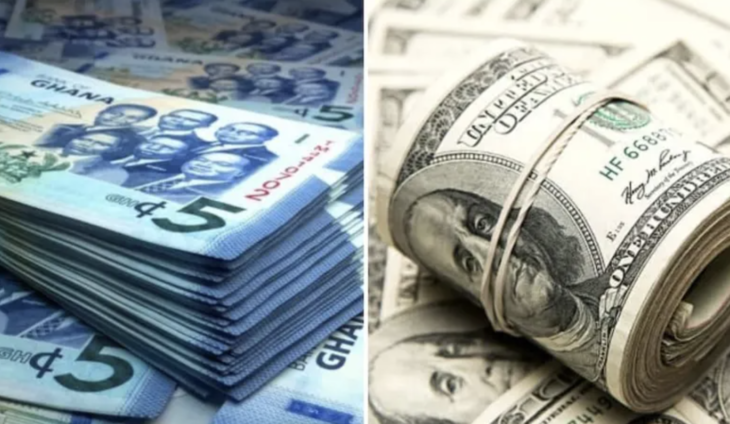
In just the first two months of 2024, Ghana’s public debt increased significantly by GH¢47.4 billion, totaling GH¢658.6 billion.
By February 2024, this will have accounted for 62.7% of GDP. The current amount of external debt is GH₵380 billion, or 36.1% of GDP.
The Bank of Ghana published these numbers in its May 2024 Summary of Economic and Financial Data.
The data indicates that at the end of 2023, Ghana’s debt was GH¢611.2 billion; however, in January and February of 2024, it jumped to GH¢626 billion and GH¢658.6 billion, respectively.
A portion of the debt increase can be ascribed to the cedi’s decline in value relative to major trading currencies.
Ghana requested a $3 billion bailout from the International Monetary Fund (IMF) in an attempt to stabilize the economy following the severe effects of the COVID-19 pandemic.
Over the next six years, Ghana’s debt-to-GDP ratio is expected to steadily drop, according to IMF projections.
Ghana’s debt-to-GDP ratio is predicted by its April 2024 Fiscal Monitor to drop to 69.7% by 2029.
The projected ratios for 2024, 2025, 2026, 2027, and 2028 are 83.6%, 80.9%, 77.9%, and 72.0%, respectively.
The IMF had previously acknowledged improvements in Ghana’s fiscal economy.
Read Also: Ghana Secures $200M for SME Expansion



